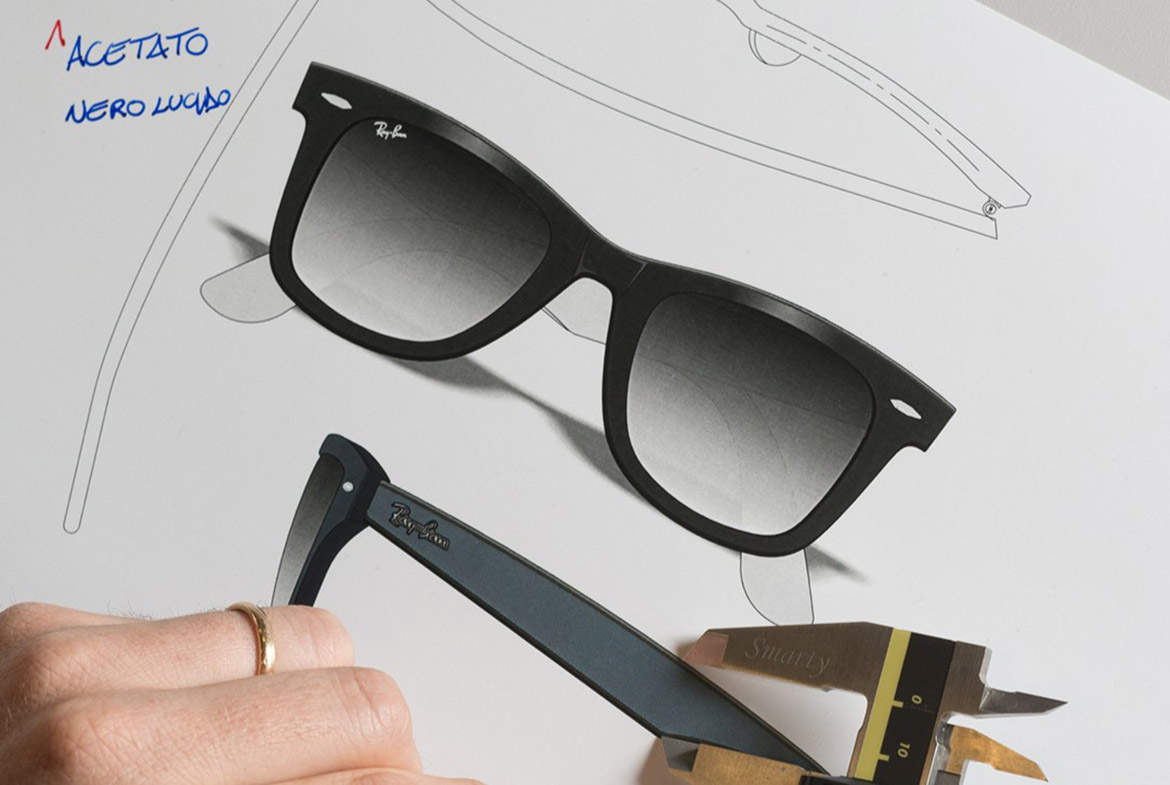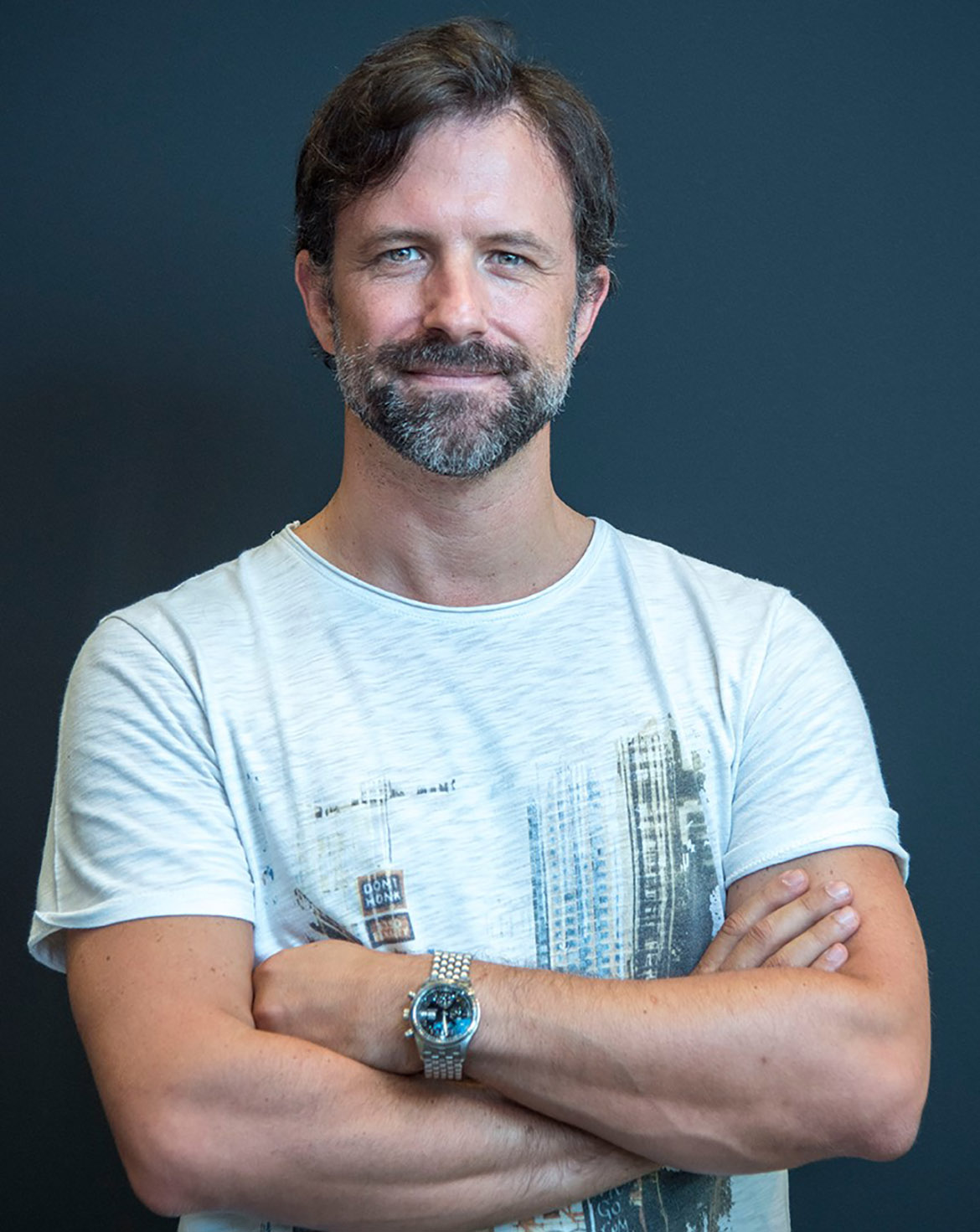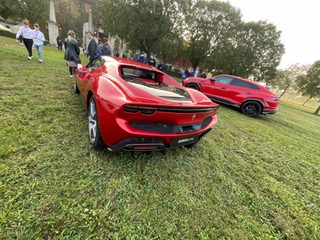After two years as a “digital edition”, Autostyle returned to its in-presence form on 27th October. Promoted, as it is every year, by Berman, the event this year was proposed in the Autostyle +Design formula: it has not yet recovered the design competition for young creatives, which we will have to wait for until 2023, but it has restarted both the conferences and the exhibition of new production novelties, with ample space for supercars. All this in the enchanting venue of Villa Schiarino Lena, in Porto Mantovano. In addition to the workshops on automotive design held by the designers behind the projects, Autostyle has now been hosting for several editions creative professionals from other areas of industrial design, such as watch making, jewellery, and textiles. An interesting talk on this was given this year by Matteo Battiston, head of design at ExilorLuxottica, who showed the similarities and differences between the worlds of cars and eyewear, projecting us into the future of the Metaverse. Amongst the similarities are the roles of the 40 different eyewear brands, like Ray-Ban, which is a bit like the Ferrari of the group: an icon built not by default, but rather has become as such due to a series of favourable circumstances, like its links to equally iconic characters. However, the differences are substantial when it comes to numbers: if you count new models and updates, a design director of all brands may design up to 16,000 new glasses per year.
This work modality is akin to the automotive colour & trim departments, where one has to pay attention to trends and everything happening around. A contemporary pair of glasses must follow three principles: personality, ecological revolution and technological revolution. Today there already are Ray-Ban smart glasses, which follow the innovative principle of “wearable technology”, with the ability to take photos or videos, listen to music, receive calls and share on social media.The younger generations, Battiston observes, are also at ease in virtual worlds and groups, places where to share experiences, like concerts digitally, or to communicate and design. We will eventually reach a complete Metaverse, Mark Zuckerberg’s final objective, inspired by Neal Stephenson’s 1992 post-cyberpunk science fiction novel “Snow Crash”: the smart glasses of the future will only attempt to make the two, real and virtual, worlds coexist in increasingly advanced and integrated forms.
In the near future, a pair of glasses will be able to display data by looking at certain objects, such as a credit card, but the aim is to totally replace the current electronic universe with glasses, which will never lose their basic purposes: to see better, and to define one’s identity. If a desk in the 1990s was thus occupied by computers, telephones and various types of accessories, remote work has now made us live with a laptop and a smartphone: a little box that contains much of our life, but we do not wear. By controlling keyboards, drawing instruments or other virtual systems connected with the real world with augmented reality, all future technology could be replaced by our glasses.
















